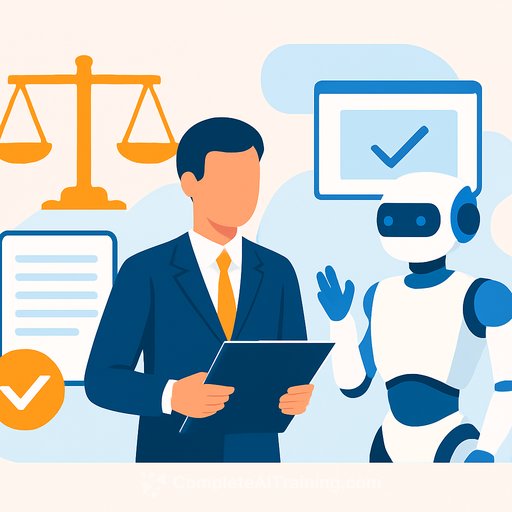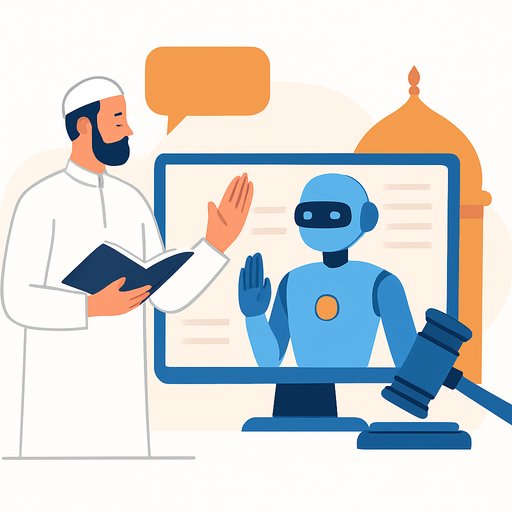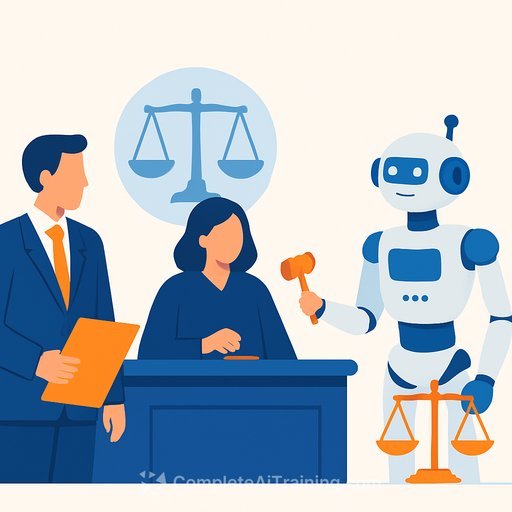Agentic AI: From statistical patterns to strategic partners
Legal work is changing. Not because of another chatbot, but because agentic AI can reason through tasks, plan steps, and use tools the way a skilled associate would.
This shift brings real upside and real risk. If you lead a legal team, you need both on your radar before you bet your workflows on it.
Highlights
- Agentic AI can reason, plan, and use multiple tools and real-time data - far beyond static pattern matching.
- These systems can fabricate numbers and sources unless you enforce verification, human oversight, and audit trails.
- Done right, agentic AI simplifies research and analysis so lawyers can focus on strategy, counseling, and novel arguments.
- Accountability must be built in: transparent logs, traceable sources, and clear responsibility for outputs.
- The goal isn't replacement - it's better outcomes with the same headcount and higher standards of accuracy.
The reality check: sophisticated systems can still make things up
In live testing, an agentic system ran a wide web search, wrote Python, and produced slick charts. The visuals looked credible. The numbers didn't exist in the cited sources.
That's the risk in one sentence: an AI can compile a convincing memo that quietly rests on invented figures. For law, where accuracy is an ethical duty, that's unacceptable without checks that catch it every time.
Why agentic AI is different from what you've used before
Traditional LLM tools predict the next word based on training data. They're static and drift out of date the moment training ends.
Agentic AI goes further. It can plan multi-step workflows, query live databases, call search, run code, compare sources, and draft with citations. It resembles how a lawyer works: define the question, pull from trusted repositories, analyze, and synthesize - all while switching tools.
This means faster research, wider source coverage, and more consistent first drafts. It also means new failure modes if you don't control what the agent can do and how it proves each step.
What this means for legal teams
The smart posture is augmentation, not substitution. Let the AI handle volume and structure; keep attorneys in charge of judgment, strategy, and client trust.
Practical wins include matter triage, first-pass research, document summaries, fact matrices, timeline assembly, and draft argument outlines. The attorney edits, challenges assumptions, and signs off.
Over time, teams can explore pattern discovery in precedent, forum trends, or opposing counsel playbooks - with the right guardrails.
Common failure modes you should expect
- Fabricated facts or figures: Numbers that look precise but came from nowhere.
- Source mismatch: Citations that don't support the claim or link the wrong case.
- Overconfidence: Confident wording that masks uncertainty or data gaps.
- Tool misuse: Running code or search steps incorrectly, or skipping critical steps.
- Looping plans: Agents stuck in repeat cycles or drifting off-task.
- Prompt injection: External content trying to override instructions.
- Data exposure: Unintended leakage of client or matter data to outside tools.
- Stale or biased inputs: Out-of-date sources or narrow retrieval that misses key authority.
Accountability by design
Legal work requires traceability. Treat agentic AI like a junior you audit, not an oracle you trust.
- Full activity logs: Record every tool call, query, prompt, and draft change with timestamps.
- Source pinning: Every claim ties to a verifiable source with a link, citation, or document ID.
- Reproducibility: Same inputs, same outputs - with model, data, and tool versions captured.
- Clear ownership: Define who reviews and approves each output before client exposure.
- Retention and access controls: Apply matter-level permissions and audit who saw what, when.
Regulatory guidance is moving in this direction. For a risk lens that maps well to legal practice, see the NIST AI Risk Management Framework.
Safeguards for legal-grade deployment
- Verification protocols: Require retrieval-grounded answers with citations. Block finalization if sources are missing or weak.
- Human-in-the-loop gates: Mandatory review for high-impact outputs (filings, client advice, external communications).
- Dual-channel output: Provide both the draft and a "facts-only" evidence sheet with linked sources.
- Confidence and coverage signals: Show confidence scores, retrieval breadth, and known gaps.
- Source whitelists: Limit research to approved repositories and trusted databases.
- Safety filters: Detect and neutralize prompt injection and data exfiltration attempts.
- Continuous evaluations: Benchmark against gold answers; alert on drift or rising error rates.
- Privacy-first data handling: Redact PII by default, use private connectors, and enforce least-privilege access.
- Kill switch: One-click rollback to a safe baseline if issues spike.
Implementation blueprint
- Start narrow: Pick 1-2 use cases with clear guardrails (e.g., case summaries, cite checking).
- Define risk boundaries: What the agent can and cannot do; what must be human-approved.
- Ground in trusted sources: Connect to your internal DMS, preferred caselaw and regulatory databases.
- Enforce citations by design: No source, no claim. Period.
- Build an eval harness: Track accuracy, citation validity, time saved, and review burden.
- Train your team: Teach prompt hygiene, verification habits, and escalation paths. For structured options, explore role-based AI courses.
- Governance and audit: Stand up a cross-functional review group (legal, risk, IT, KM) and set audit cadences.
- Measure ROI: Tie outcomes to matter velocity, write-off reduction, and quality metrics.
What good looks like in practice
- High citation integrity: Claims consistently map to the cited authority.
- Source coverage: The agent shows it searched the right places, not just the easiest ones.
- Low false-claim rate: Fabrications are rare, caught early, and addressed at the root.
- Time-to-draft drops: First drafts arrive faster without increasing review time.
- Attorney trust: Lawyers use the system because it earns it - with clarity, transparency, and control.
Future impact on legal practice
The near future is straightforward. Agents take on routine research, summarization, cite checks, and structured analysis. Attorneys focus on strategy, client counseling, and the judgment calls that decide outcomes.
Expect new playbooks. Better pattern discovery in precedent. Stronger, faster case theories. More time for client-facing work. Higher quality with fewer late nights.
The catch: ethics and accuracy aren't optional. They're engineered in - or they're missing.
Bottom line
Agentic AI can operate like a diligent junior paired with your best tools. It can also produce convincing nonsense if left unchecked.
If you build in verification, logging, and human review - and keep scope narrow until the data proves out - you'll get the upside without risking client trust. That's the standard worth aiming for.
If you're standing up training for your team, a curated starting point helps. See the latest options here: AI courses for professionals.
Your membership also unlocks:






